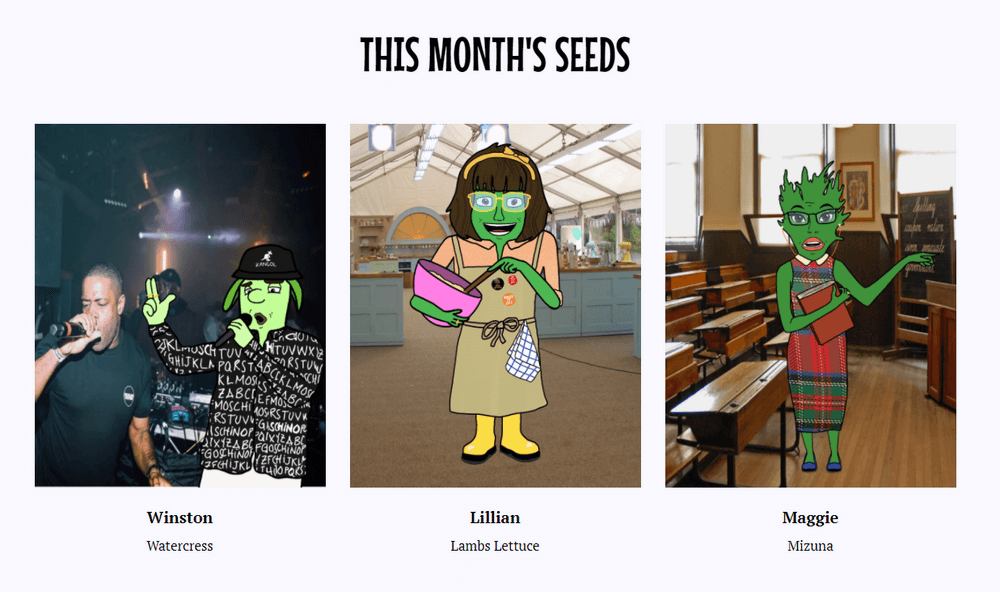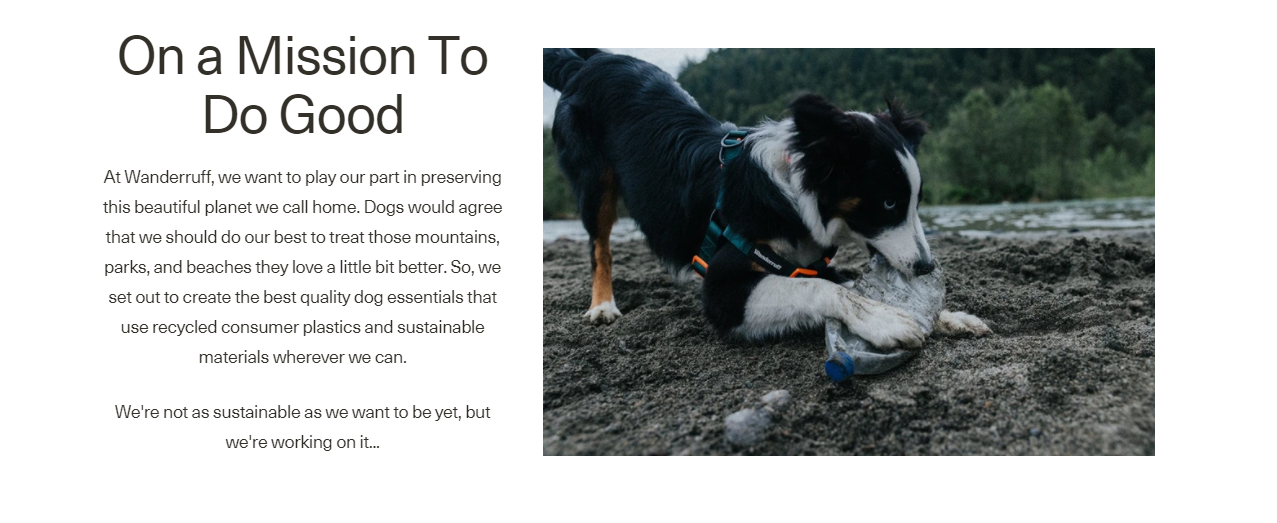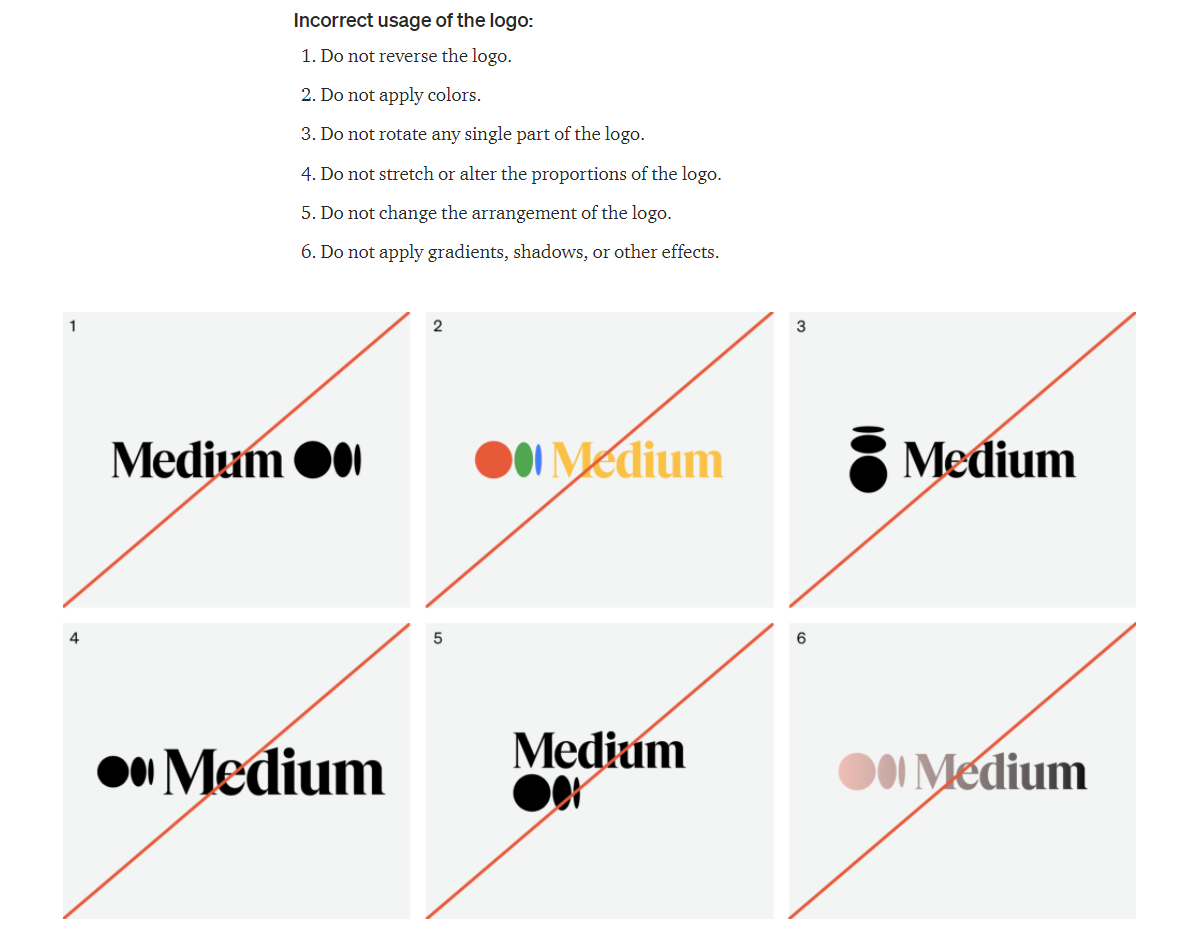Branding is a must-have for any organization looking to stand out in its industry. It differentiates your company from the competition and builds a foundation for the rest of your customer-facing marketing content.
But, as a small business professional, it can be difficult to know where to start the process. Since branding is so abstract, it’s tricky to know what activities will make an impact until you do them. No wonder some companies decide to skip over branding and jump into marketing practices with clearer outcomes, like paid ads and social media.
You could hire an external service like an agency to help you demystify branding, but not every small business has the money for it. After all, businesses spend an average of 11.72% of their total budget on marketing activities like branding. You already have to spend that money on all of your other marketing efforts — how can you fit branding in?
Fortunately, you don’t have to spend much money to develop a solid brand on your own. It just takes time and careful thought. In this guide, you’ll learn how to define your brand identity, story, style guide, assets, and social media — all while spending little to no money.
Define your brand identity
Brand identity is how you present your business to customers. If your brand was a person, its identity would consist of its personality and appearance. Specifically, brand identity includes signature visuals and language that influence the rest of your marketing.
Before you establish a brand identity, make sure to perform in-depth research on your audience’s interests. You should have a good grasp of what your customers associate with your organization and what they like about it. Get in touch with customers individually or use a free tool like TypeForm to ask them how they view your company.
If you have a new company that doesn’t have much of a presence yet, try performing social listening on your competitors. Go through your competitions’ posts and mentions and see how customers react to different language and visual choices.
Once you know how your customers view your brand, you can decide which parts you want them to continue associating with you and which ones you want to change.
Determine your brand visuals
Your brand identity’s visual elements include your logo, typography, and colors. It can also include any imagery that will represent your organization, such as company photos or stock pictures.
Decide what fonts, colors, and logo you want to define your brand with, and keep them all together in a file-sharing platform like Google Drive. Here’s some guidance for choosing these visual elements:
- Fonts: Choose fonts for your website and designs that capture your brand’s mood. Serif fonts tend to look professional and classic, while sans-serif fonts often feel more casual and modern. dafont.com is a popular source for free fonts.
- Colors: Your brand’s main colors affect the emotions your customers will associate with it. Our guide to colors in marketing explains the major feelings behind each color to help you choose.
- Logo: Combine the font and color decisions you just made into your logo’s design. Canva features a full gallery of logo templates. Pixlr has in-browser software for beginners and advanced users that lets you adjust existing images.
- Icons: To go the extra step, you can also create and use custom icons across your site, like Hubspot’s free icon maker.
Brand visuals can also include art styles or visual elements you plan to use regularly in your graphics. Pot Gang, a seed subscription service, transforms each of its monthly seeds into a character with a unique personality and cartoon drawing. This one-of-a-kind art keeps the brand visually distinct.

Determine your brand language
A brand’s linguistic elements consist of its voice, tone, and messaging framework. They’ll guide the language you use in your communications with customers.
Business professionals often use voice and tone interchangeably, but they refer to two different concepts. Voice is your communications’ character, purpose, and language. Meanwhile, tone is a subset of voice that adjusts the voice to an audience or situation.
A messaging framework is a document that establishes the kinds of messages you want to express in your communications and keeps those messages consistent. A basic version of this document can include:
- An audit of your current messaging that evaluates the voice you use now and how you’ve communicated your brand’s value in the past
- A value proposition that summarizes the main value you provide your customers that other brands can’t, such as better productivity or a unique concept
- A voice and tone guide that explains your brand voice in a sentence or two and explains what tones to use in different situations
- Brand pillars that consist of your company’s and product’s main selling points summed up in ready-to-use talking points
Your brand identity’s visual and linguistic elements should end up evoking similar thoughts and emotions. Going back to Pot Gang, it keeps its language lighthearted and accessible, just like its seed packet characters.

The copy uses emojis and casual language like “hit us up with Qs” to make gardening feel simple and approachable, even for beginners.
Define your brand story
Your brand story explains your brand’s values, goals, and strategies to achieve those goals. As its name implies, it presents these ideas as a story to help your customers relate to your brand. Ask yourself these questions to build a compelling brand story:
- What problem does my brand aim to solve with its product or service?
- Why does my company want to tackle this issue? Is there anything personal at stake?
- What are you doing right now to help solve this problem?
- What do you plan to do in the future to keep working toward your solution?
Put your answers together into a story of where your brand came from and where it plans to go. You can draft it in a Google Doc and save it as a PDF when you need to share it externally.
You’ll often see companies use their brand stories in their About Us pages. Look how Wanderruff explores the past, present, and future in the first part of its story:

Wanderruff begins with its goal to help preserve the planet, explains why it has that goal and tells you what it’s doing to meet it. Then, it mentions its future objective of becoming more sustainable. When you include your future plans in your brand story, you’ll show that you have an ongoing dedication to helping customers solve their problems.
Create brand assets and a style guide
After you establish your brand identity and story, you’ll need to standardize them with brand assets and a style guide. While your brand identity and story define your brand, your style guide and assets will show how to put it into action. They’ll make your branding consistently distinct and repeatable for your organization.
Assemble your brand assets
Your brand assets consist of your customer-facing brand resources, such as images and files. It’ll become easier to stay on brand when you have all of them saved in the same folder. Take the folder you used for your brand identity’s visual components and expand it into a full assets folder.
Some examples of brand assets to include in your folder include:
- Logos in multiple approved sizes, formats, and colors
- Go-to images such as company photos or on-brand stock photos from a platform like Unsplash
- Font and typeface files for your brand identity and website’s fonts
- Images of mascots or characters you use in branding materials
- Slogans, taglines, and other frequently shared messages
- Templates for presentations, reports, and other public-facing documents
Build your brand style guide
Think of your brand style guide as the rules to follow to keep your marketing and communications on-brand. It will also provide instructions on how to use your brand assets.
Consider including the below guidelines in your style guide with examples of each guideline in use:
- Your logo and guidelines for use, such as the correct sizes, proportions, spacing, and colors
- Brand colors in PANTONE, print, RGB code, and HEX code
- Typography guidelines, including font names, uses, and sizes
- Image guidelines for subjects, sizes, and proportions
- A one-paragraph overview of your brand story
- Your tone and voice guide from your messaging framework
If you want to make your guidelines extra specific, consider adding examples of what not to do, like Medium does with its logo guidelines:

Like the other documents we’ve talked about in this blog post, your style guidelines don’t have to have a fancy format. Bring them all together in your word processor of choice and save them in a shared folder with your brand assets. You can also try using Canva’s Brand Kit to keep your brand style as a preset if you have a Pro plan.
If you have a content marketing strategy, you might also benefit from creating a content style guide to go with your brand style guide. A content style guide defines the linguistic and conceptual standards you set for your content. It can include guidelines for voice and tone, grammar, vocabulary, content goals, and other editorial objectives.
Brand your social media presence
Establishing your small business’s social media branding will help you post consistent content and come up with content ideas. It’ll become easier and faster to get content ready when you narrow down the kinds of posts and language to use.
This process involves taking the branding elements you’ve established so far and packaging them for each of your social media platforms. Every network has unique best practices for content, format, and scheduling, so you’ll need to note how to apply your branding to each one.
A social media style guide refines your brand for social media and offers a quick reference for anyone who manages your posts. At Buffer, we include these components in our style guide:
- A quick overview of the rest of the style guide. This tl;dr (too long; didn’t read) summary will help anyone understand your social media brand at a glance.
- Your brand’s voice and tone in a sentence or two. If you want to use a different tone for each platform, note that here.
- Grammar and language rules. Do you use the Oxford comma? What kind of inclusive language do you try to use?
- Post format for each platform. Do you use a lead-in and link on separate line breaks? How long do you keep paragraphs in longer-form content for platforms like Instagram?
- Emoji and hashtag usage per platform. Consider where and how you want to use emojis and hashtags on each platform, such as before or after a line. You may want to avoid emojis and hashtags as a whole on certain platforms.
- Image and video usage. Will you use original, stock, or user-generated images and videos? Do you have any templates to use for your multimedia?
You can grab a free template for this style guide format in our blog post on the subject.
Each of these elements is small on its own, but they add up to a distinct brand when you follow all of their rules together. For example, Sustainable Energy for All (SEforALL) combines emojis, hashtags, and friendly language to create a reader-friendly brand that appeals to younger audiences.
Excitement level: 💯!!!
— SEforALL | SDG7 Pavilion at COP26 (@SEforALLorg) September 22, 2021
The Energy Action Days platform is now LIVE🔴
✅Already registered? Check your email to get the access link to the platform!
🤔Not registered yet? Go to https://t.co/gWhtTvgN5r!#HLDE2021 #SDG7 pic.twitter.com/Q2i7R5AlMr
ICYMI: @UN Secretary-General @antonioguterres appointed four new @SDGAdvocates who will join the group of 16 prominent voices advocating for the #SDGs.
— SEforALL | SDG7 Pavilion at COP26 (@SEforALLorg) September 21, 2021
✨@k_satyarthi
✨@chica_rosadita
✨@BradSmi
✨@ygofficialblink
Find out more about them👉https://t.co/kvCcYoWfSX pic.twitter.com/bWyeJXEidG
Buffer and its integrations can help you keep your social media posts on-brand. The publisher lets you customize a post for each network so you can nail your platform-specific styles. You can use the Canva integration in all Buffer plans — including the Free plan — to create graphics using your brand assets right in the publisher.
Still feel stuck? Learn how another small business created a brand
The small business branding process can get confusing when you’re doing it for the first time. With so many abstract concepts to handle, it can get tricky to stay on track.
If you need help understanding what to do with your brand, try following another small organization's example. Learn how one upcoming business established a brand in the Breaking Brand podcast.





